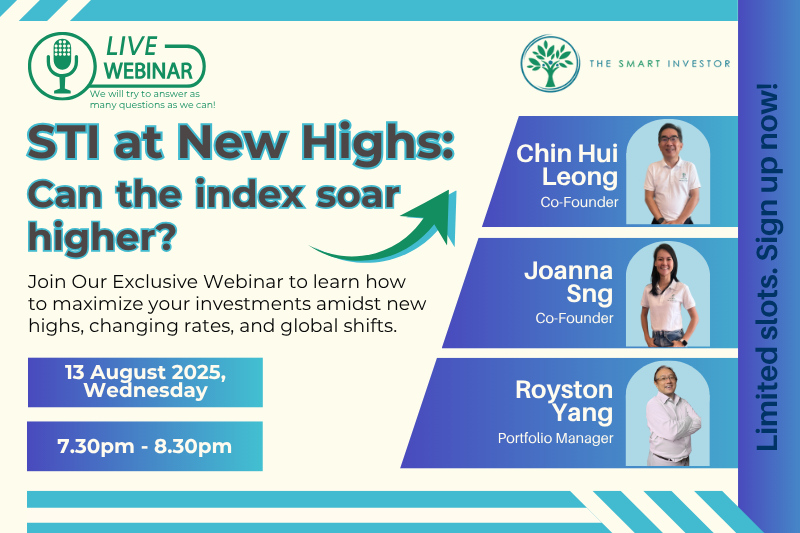It’s not been an easy ride for REITs over the past five years.
First, there was the pandemic in 2020 which forced malls and offices to impose movement control measures.
Then, just as things were looking up in 2022, the sector was hit with higher interest rates.
Amid all the challenges, it’s easy to forget a simple fact: REITs are built to provide income to unitholders like you and me.
And when things get messy, it’s useful to return to the core principles.
A long-term “bond” that pays regular distributions
REITs are bundles of rental-generation real estate assets that are packaged together and traded on an exchange.
Their requirement to pay out a distribution that is at least 90% of their net profit makes them ideal for income-seeking investors.
If you wish to rely on a steady stream of dividends that help you to augment your earned income, REITs are the perfect asset class for you.
You can treat it as a long-term bond-like instrument that distributes regular income from a recurring rental income stream.
It’s easy to forget this simple fact amid the noise.
But one thing’s for sure – all of them are continuing to pay out distributions to their unitholders.
The three criteria for buying REITs
At a recent event, my colleague Chin was one of the speakers invited to share his thoughts.
He made three very good points about buying REITs that I am happy to share with all of you.
Because we cannot control the external environment, we should, instead, stick to what we can control.
And we can control which REITs we buy, how much of them we purchase, and when we buy them.
The idea is to scan through the list of available REITs on the Singapore Exchange and pick those with strong sponsors and solid DPU track records.
Strong sponsors include CapitaLand Investment Limited (SGX: 9CI) and Mapletree Investments Pte Ltd.
A great example of a REIT with a solid DPU track record is Parkway Life REIT (SGX: C2PU), which has grown its core DPU every year since its IPO in 2007.
Next, you can control your risk by sizing your position accordingly.
If you feel comfortable with a REIT such as Mapletree Industrial Trust (SGX: ME8U), it can occupy a 5% position within your portfolio.
But if you feel wary of it, but still wish to gain some exposure, you can buy either a 0.5% or 1% position.
Finally, you can also choose when to buy your REITs so that you space out your purchases.
You can choose to set up a system of regular purchases by allocating several hundred dollars a month to buy a choice REIT.
Or to wait for a sharp market pullback to increase your stake in REITs that you favour.
It’s really up to you.
The key is to remember that REITs are meant for income, and if you buy enough of the right REIT, then you can secure a useful stream of passive income for life.
Get Smart: Opportunities to buy strong REITs
REITs are at a crossroads now.
Singapore REITs are trading at almost a 20% discount to their long-term average valuation.
This fact implies that they are cheap because of the poor sentiment surrounding the asset class.
But with patience and the right selection, it may be a great opportunity to scoop up REITs for the long term.
By doing so, you can enjoy average distribution yields of around 6% to 7% and increase your passive income stream for life.
This could be the fastest way to jump from a “newbie” investor to a seasoned pro. Our beginner’s guide shows everything you need to know to buy your first stock and beyond. Click here to download it for free today.
Follow us on Facebook and Telegram for the latest investing news and analyses!
Disclosure: Royston Yang owns shares of Mapletree Industrial Trust.






